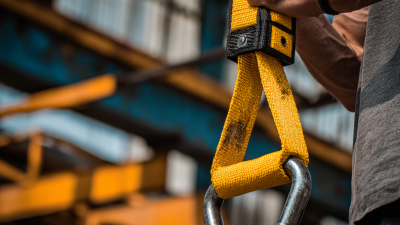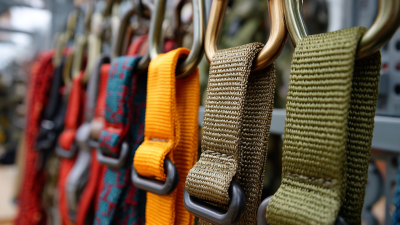In modern industrial applications, the adoption of polyester slings has significantly transformed lifting and rigging operations, leading to enhanced efficiency and safety. According to a report by the Industrial Fabrics Association International (IFAI), the demand for synthetic slings, particularly those made from polyester, is projected to grow due to their superior strength-to-weight ratio and resistance to abrasion and chemicals.
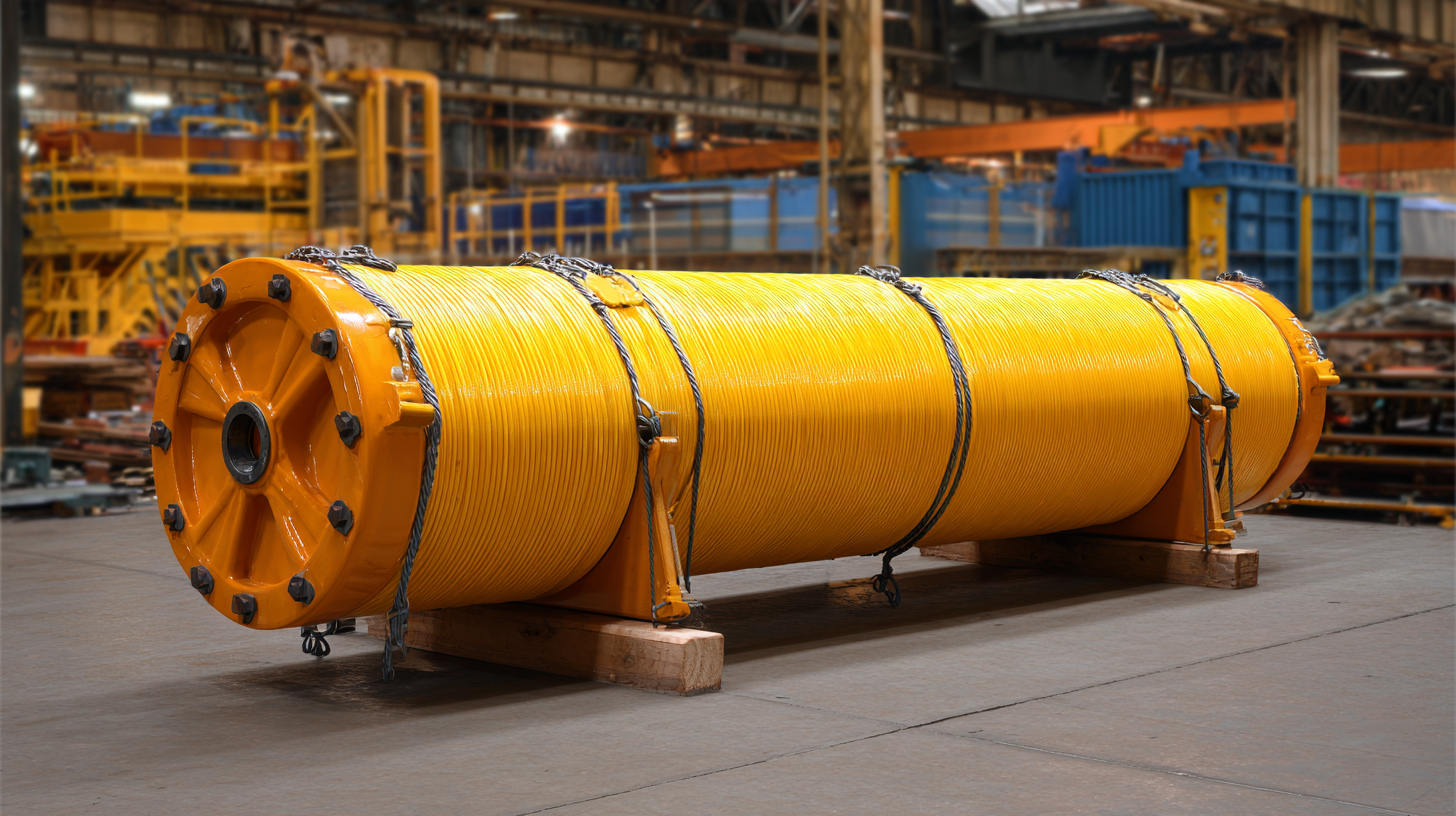
Polyester slings offer versatility in various industries, from construction to manufacturing, enabling workers to lift heavy loads with confidence. Their ability to distribute weight evenly reduces the risk of damage to both the load and the equipment, making them an indispensable tool in today’s industrial landscape.
As companies increasingly prioritize worker safety and operational efficiency, understanding the benefits and uses of polyester slings becomes essential for optimizing their lifting processes.
Polyester slings have become indispensable tools across various industrial settings due to their versatility and strength. These slings are used in construction, shipping, and manufacturing, offering a lightweight yet durable solution for lifting and securing heavy loads. Their resistance to abrasion and UV rays makes them ideal for outdoor applications, while their soft texture protects the surfaces of sensitive materials during handling. This combination of durability and care ensures that polyester slings can adapt to numerous environments, making them an essential asset in any industrial toolkit.
**Tips for Using Polyester Slings:**
1. Always inspect slings before use to ensure they are free from cuts, abrasions, and other signs of wear.
2. Consider using a protective sleeve or cover to enhance the sling's lifespan when lifting sharp or heavy items.
3. Be mindful of the weight capacity and avoid overloading, as doing so can lead to failure and accidents.
In addition to their strength and lightweight nature, polyester slings are also versatile in their application. In the manufacturing sector, they are commonly utilized in assembly lines for lifting products and equipment with ease, while in construction, they offer reliable support for beams and heavy machinery. Their adaptability allows industries to maximize efficiency and safety, proving that polyester slings are truly an invaluable component of modern industrial operations.
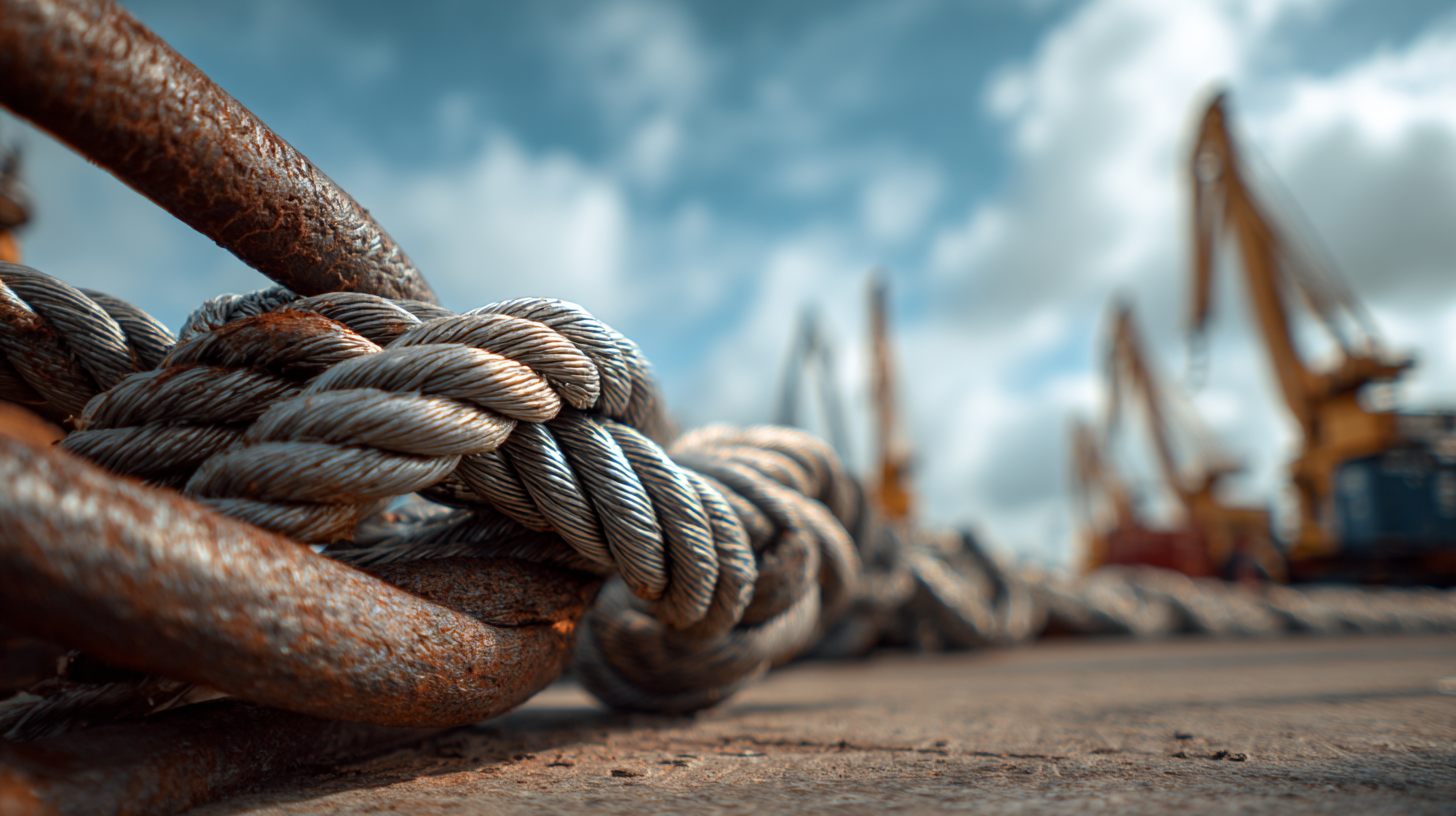
Polyester slings have emerged as essential tools in modern industrial settings, significantly enhancing safety and efficiency. One of the primary advantages of using polyester slings is their high tensile strength combined with lightweight properties. This allows for easy handling and reduces the risk of accidents that can arise from improperly managed lifting equipment. Their excellent durability ensures they can withstand heavy loads, making them ideal for various lifting and rigging applications in warehouses, construction sites, and manufacturing facilities.
In addition to their physical benefits, polyester slings also contribute to operational safety. They have a low stretch factor, providing stable and predictable load handling, which minimizes the risk of sudden jerks or drops during lifting operations. Furthermore, the soft texture of polyester prevents damage to the surfaces being lifted, preserving the integrity of both the load and the equipment. By integrating polyester slings into their lifting procedures, industries not only improve efficiency but also promote a safer working environment that prioritizes the well-being of their employees.
Polyester slings have rapidly gained popularity in various industrial applications, primarily due to their exceptional cost-effectiveness compared to slings made from other materials. When evaluating lifting devices, organizations often face the dilemma of balancing cost with the safety and efficiency of operations. Polyester slings offer a budget-friendly alternative while ensuring reliable performance and durability. Their lightweight nature aids in easier handling and reduced labor costs, which further enhances their economic viability in operations.
In addition to direct cost benefits, polyester slings offer exceptional flexibility and strength-to-weight ratios. This means that businesses can achieve significant savings without compromising on safety standards. Unlike metal slings, which can be heavy and cumbersome, polyester slings are easier to store and transport, leading to reduced logistical expenses. Furthermore, the inherent properties of polyester resist moisture and chemicals, making these slings an ideal choice for environments where exposure to harsh elements is a concern. The longevity and resilience of polyester slings ensure that the initial investment is not only economical but also leads to lower replacement costs over time.
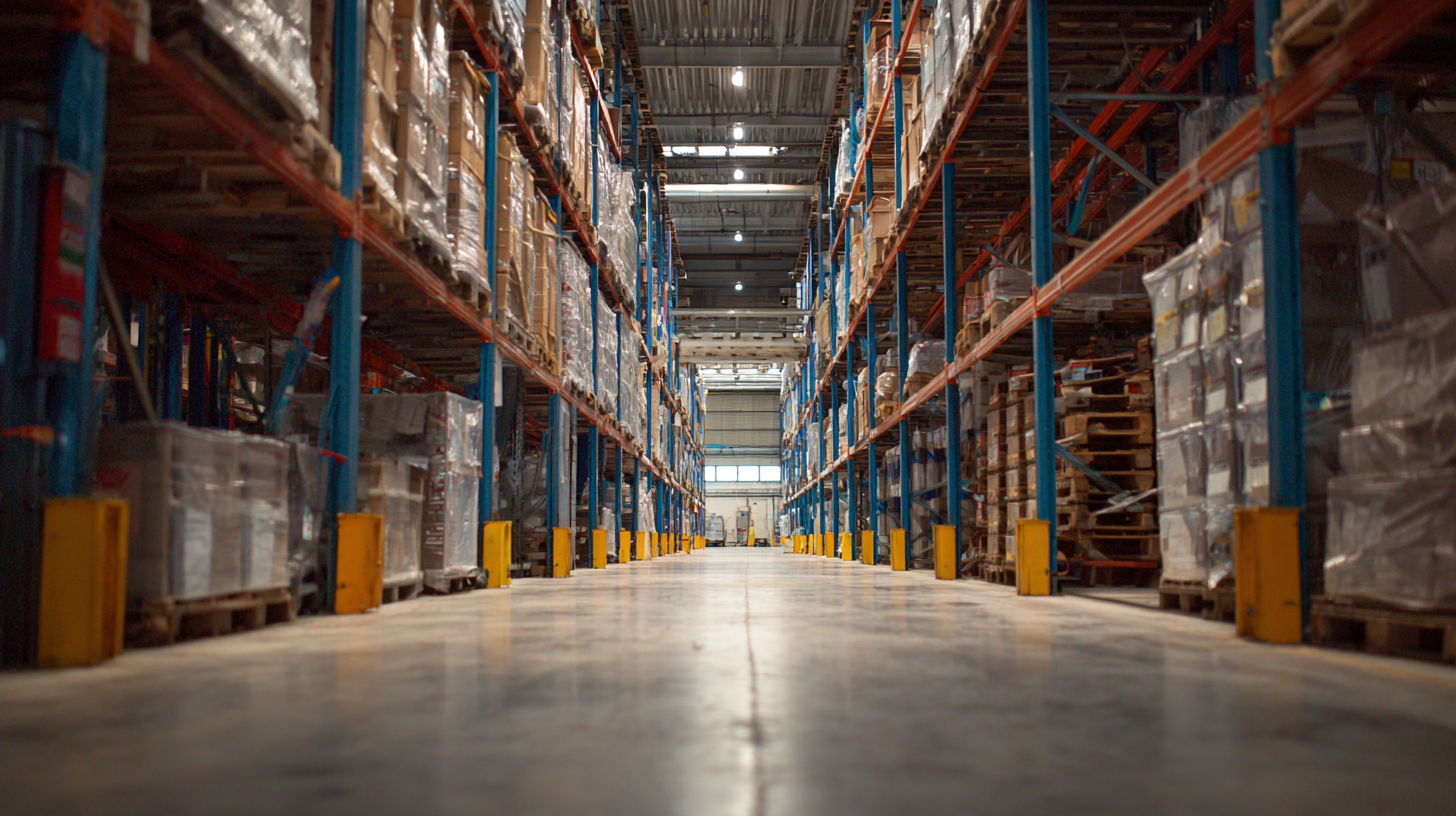 Polyester slings have become increasingly popular in industrial applications due to their strength, versatility, and cost-effectiveness. However, their environmental impact and sustainability are crucial considerations for modern industries focused on reducing their ecological footprint. According to the European Union's Joint Research Centre, synthetic materials like polyester can be recycled, which significantly lowers the environmental burden of waste. In fact, the recycling rate for polyester products can reach up to 70%, contributing to a circular economy that minimizes the demand for virgin materials.
Polyester slings have become increasingly popular in industrial applications due to their strength, versatility, and cost-effectiveness. However, their environmental impact and sustainability are crucial considerations for modern industries focused on reducing their ecological footprint. According to the European Union's Joint Research Centre, synthetic materials like polyester can be recycled, which significantly lowers the environmental burden of waste. In fact, the recycling rate for polyester products can reach up to 70%, contributing to a circular economy that minimizes the demand for virgin materials.
Moreover, polyester is known to have a lower carbon footprint compared to other sling materials such as steel or nylon. The Global Bulk Handling Technologies report highlights that using polyester slings can reduce energy consumption during transportation and application by approximately 30%. This reduction is essential for industries aiming for sustainability, as it aligns with global goals of reducing greenhouse gas emissions. By leveraging these eco-friendly attributes, companies can enhance their operational efficiency while also demonstrating their commitment to environmental stewardship.
When it comes to ensuring the longevity and performance of polyester slings in industrial applications, proper maintenance and care are crucial. Polyester slings, known for their strength and versatility, require regular inspections to identify any signs of wear or damage. According to the Industrial Sling Report 2023, over 30% of sling failures can be attributed to improper maintenance practices.
Regular checks should include looking for cuts, frays, and discoloration, all of which can indicate compromised integrity.
In addition to visual inspections, it’s essential to clean polyester slings regularly.
The Materials Handling Association recommends using mild soap and water to remove dirt and contaminants without damaging the fibers.
When storing slings, they should be kept in a cool, dry place away from direct sunlight and extreme temperatures, which can degrade the material over time.
Following these maintenance practices can extend the lifespan of polyester slings significantly, with data suggesting that a well-maintained sling can last up to 20% longer than one subjected to neglect. By adhering to these care tips, industries can not only enhance safety but also optimize cost efficiency in their operations.


